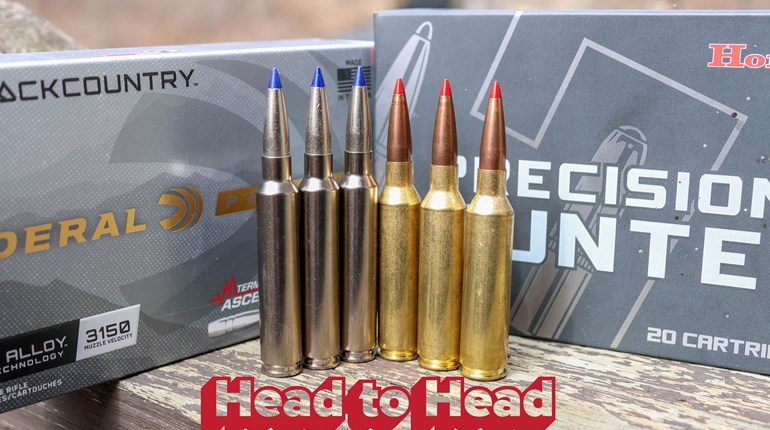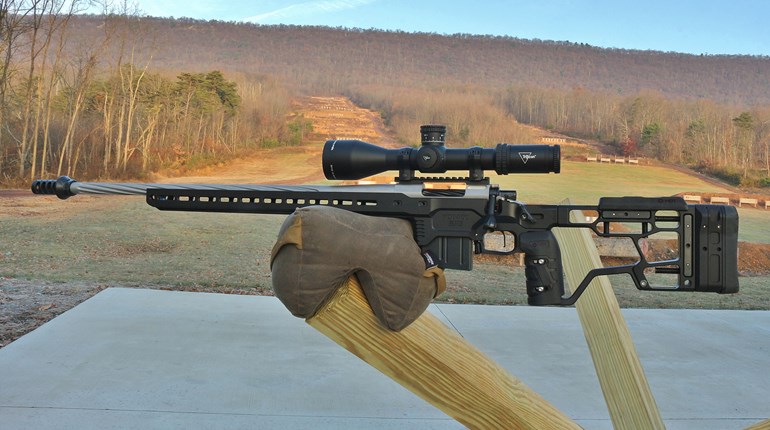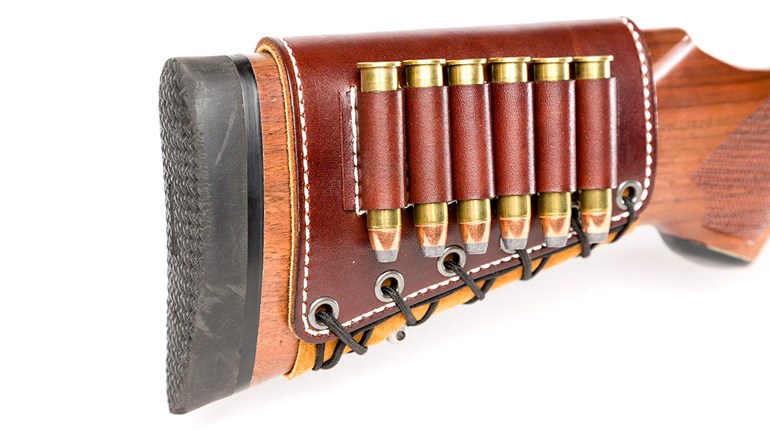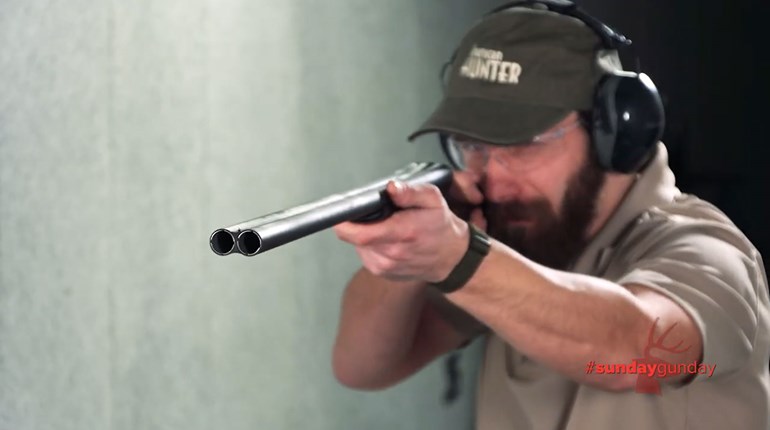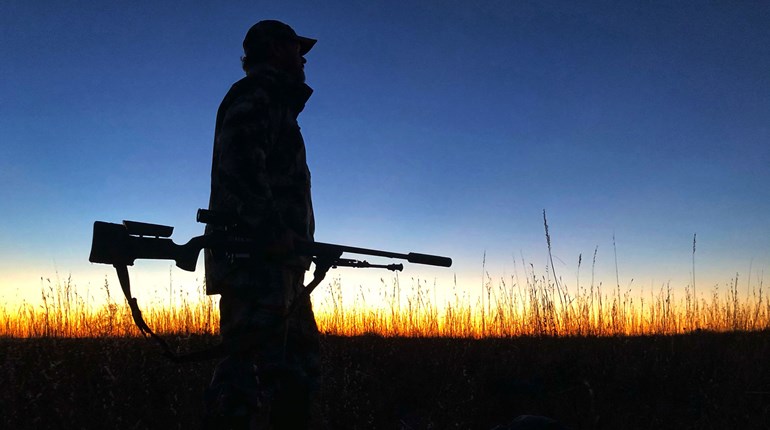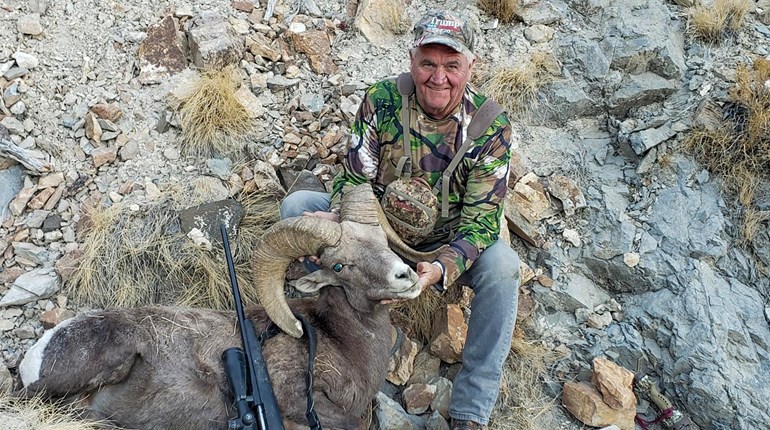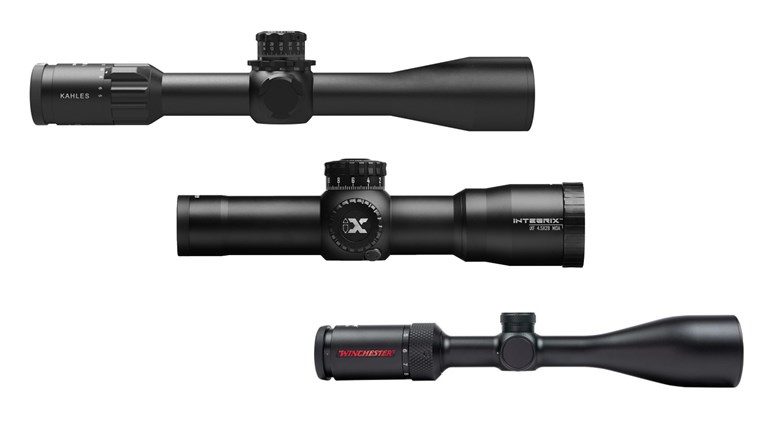
There are many attributes of a firearm which come into play when it comes to felt recoil, proper shooting form and all-around joy of shooting. The dimensions of a stock play a huge role in the way a gun “fits” the shooter, and while a bespoke gun might require the purchaser to be measured as if a fine tuxedo were to be made, an ‘off-the-rack’ gun has to be made to middle-of-the-road dimensions.
I’ve found that whether it’s a rifle or shotgun, the stock’s length of pull (LOP) is the most immediate—and often important—feature to ensure comfortable shooting. A proper length of pull ensures best posture, minimizes felt recoil and I feel it allows a shooter to perform their best. Your gun needs to be like Goldilocks—not too long, not too short, but just right. As a young man, with minimal exposure to the wide lineup of guns (I had one shotgun, one rimfire and one centerfire deer rifle), I honestly didn’t know any better, or perhaps I should say I didn’t know what I was missing. But as my horizons widened, and as I had opportunities to shoot and hunt with varying firearms, I noticed certain guns felt “right”, while others weren’t as comfortable, and some were downright unpleasant.
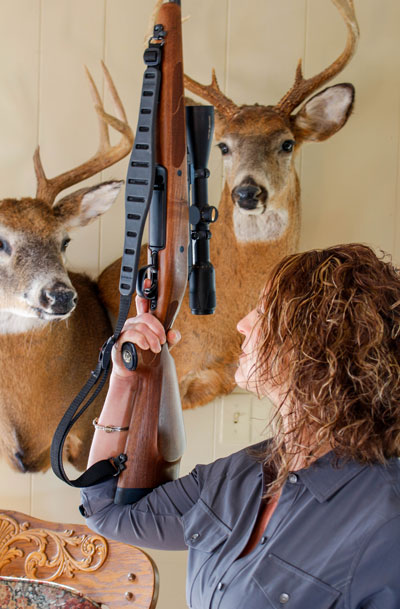
What is “length of pull”? It is the distance from the middle of the trigger to the end of the buttstock. Depending on the frame of the shooter, the muscular structure of the chest and length of the arms, the proper length of pull can vary from as little as 12 inches to as much as 15 inches in extreme cases.
Many have theorized that the size of the average shooter has increased over the last 150 years, when many of the standard-for-our-stocks sizes seem to have been adopted. Speaking generally, the majority of American-made firearms sport a length of pull somewhere between 13 ½ and 13 ¾ inches. This may fit some folks just fine, but using my household as an example, my 5-foot 2-inch wife is more comfortable with something a bit shorter, and 5’ 11” me wants something a bit longer. Suzie’s favorite deer rifle—a Savage Model 11 with the LadyHunter stock—has a higher comb to accommodate a woman’s longer neck, and a shorter 12 ½-inch length of pull for a woman’s (generally) smaller frame. Yes, she can adapt and use a standard 13 ½-inch LOP on her .375 H&H rifle, but she admits that she’s more comfortable with the Savage design.
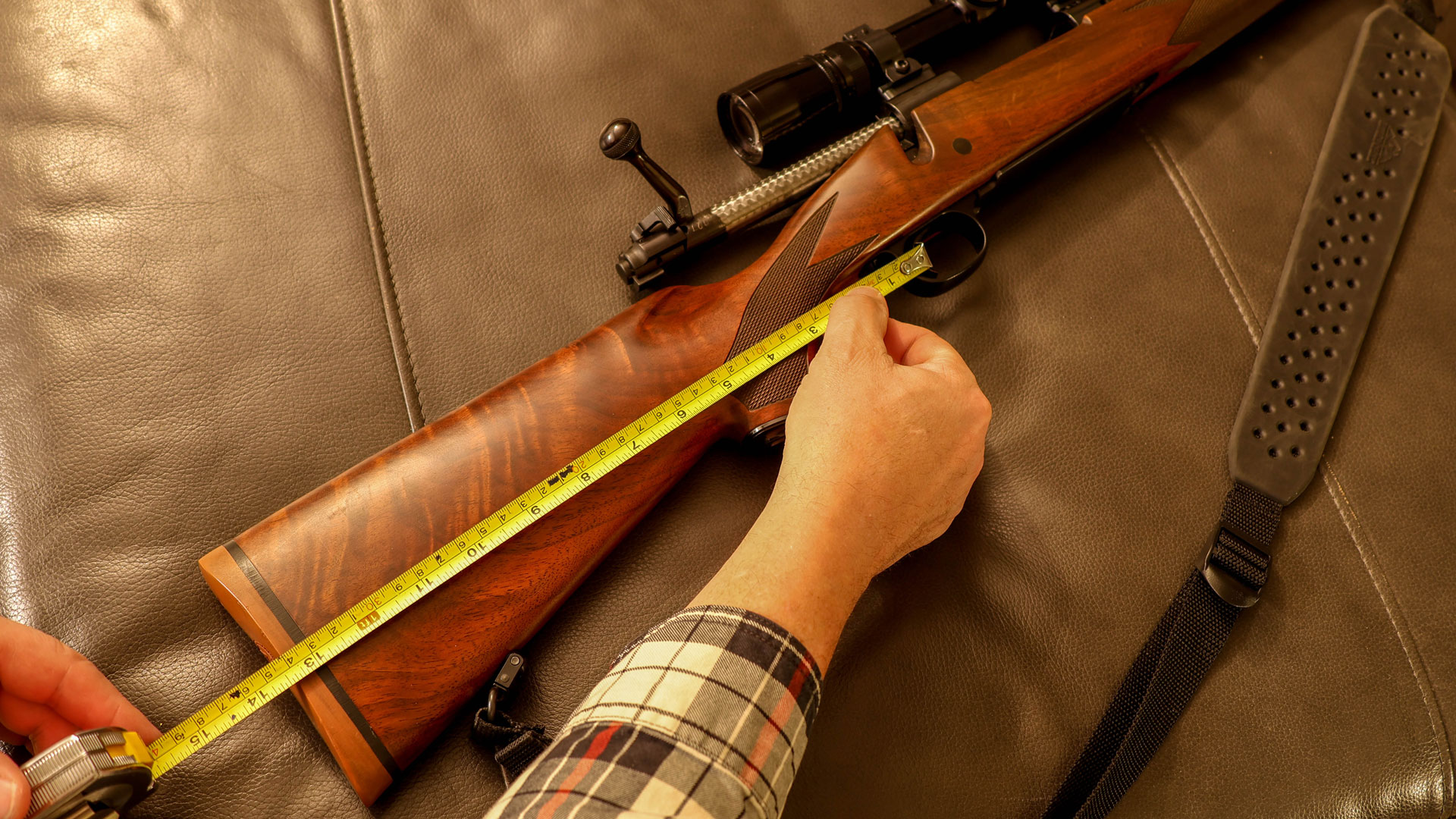
My favorite rifle is a Heym Express by Martini, in .404 Jeffery, with that Ralf Martini-designed stock that is the best I've ever come across. While not a truly hard-kicking rifle, it assuredly has a greater recoil level than that of a .270 Winchester or .30-06 Springfield, and the 14 ¼-inch length of pull fits me like a glove. In the case of my Heym Model 89b double rifle in .470 Nitro Express, the length of pull increases to 14 ½ inches, and despite the big cartridge recoil is very manageable. I’ve shot other brands of off-the-shelf double rifles with shorter LOPs, and the felt recoil ramped up quickly.
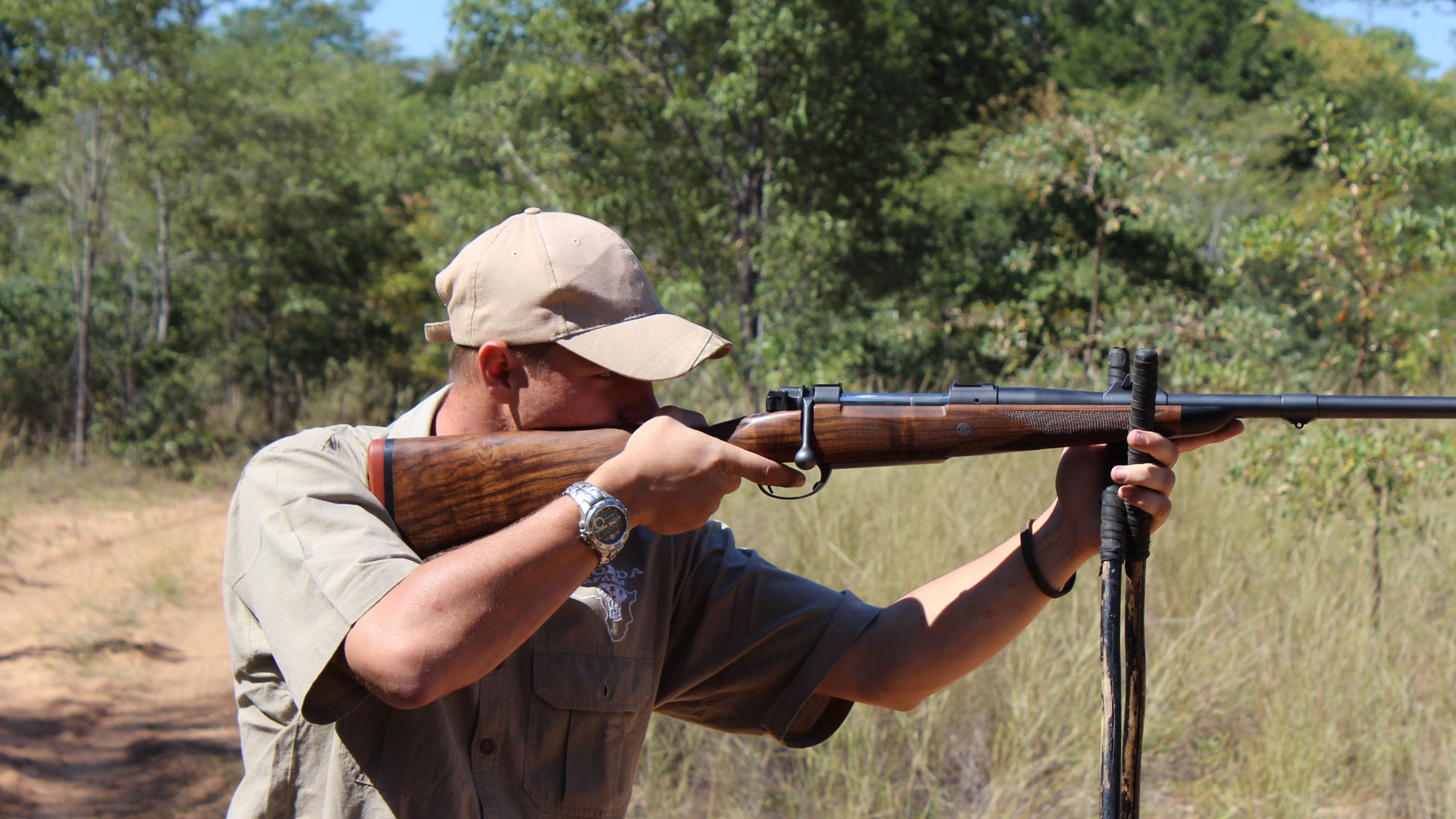
What does a “wrong” length of pull feel like? To me, a short LOP makes my shoulders hunch, and my neck crane a bit forward. This is certainly a bit uncomfortable when shooting a rimfire rifle, small-caliber centerfire rifle or light-recoiling shotgun, but ramp up the recoil level and it can be uncomfortable. Add an optic with a less-than-stellar amount of eye relief, and you may be the recipient of that crescent moon tattoo on you eyebrow. A long LOP will have the shooter struggling to keep the gun in the proper position, and if too drastic, may catch on the clothing near the armpit when bringing the firearm to shoulder. An incorrect length of pull can be a nightmare at the bench. I remember a test rifle for an article I was writing which was chambered for the .300 Winchester Short Magnum, that came with a LOP of an even 13 inches. It pounded me to bits, as I couldn’t get the butt to sit properly on my shoulder, and the optic bit me a couple times. Not fun, in any sense of the word.
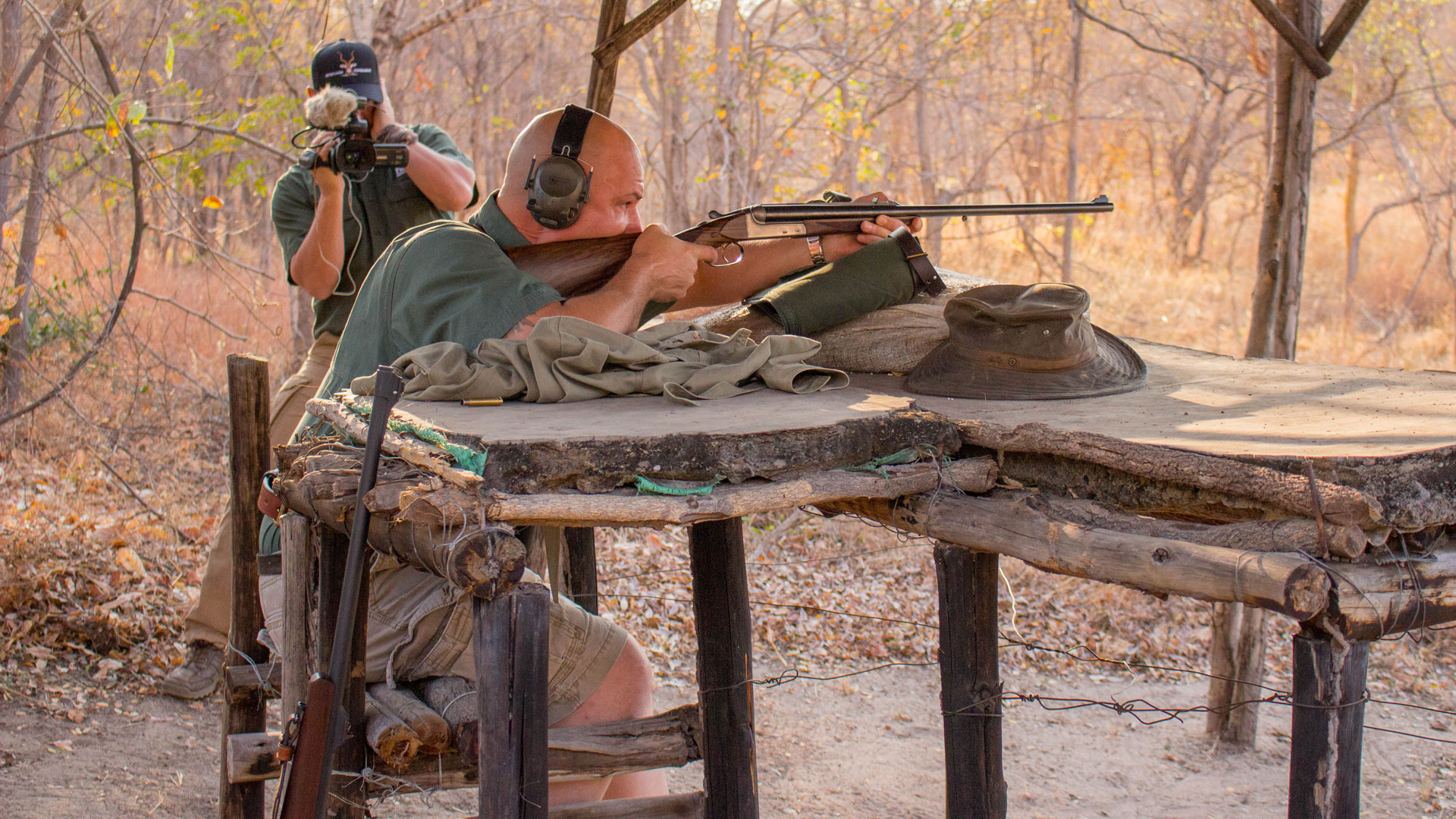
So, how do you know what length of pull is right for you? There are a couple of methods to point you in the right direction, but please realize that these are neither absolute nor set in stone. I’ve seen several older charts, where the distance from your armpit to the tip of your extended middle finger correlates to a certain LOP, but the more oft-used method is to measure the distance from the inside of your elbow—when bent at right angles—to the pad of your index finger when crooked as if it would be on the trigger. The latter method correlates pretty well with my anatomy, but please only use this method as a guideline; take that measurement and try to find a gun of that length to try the fit.
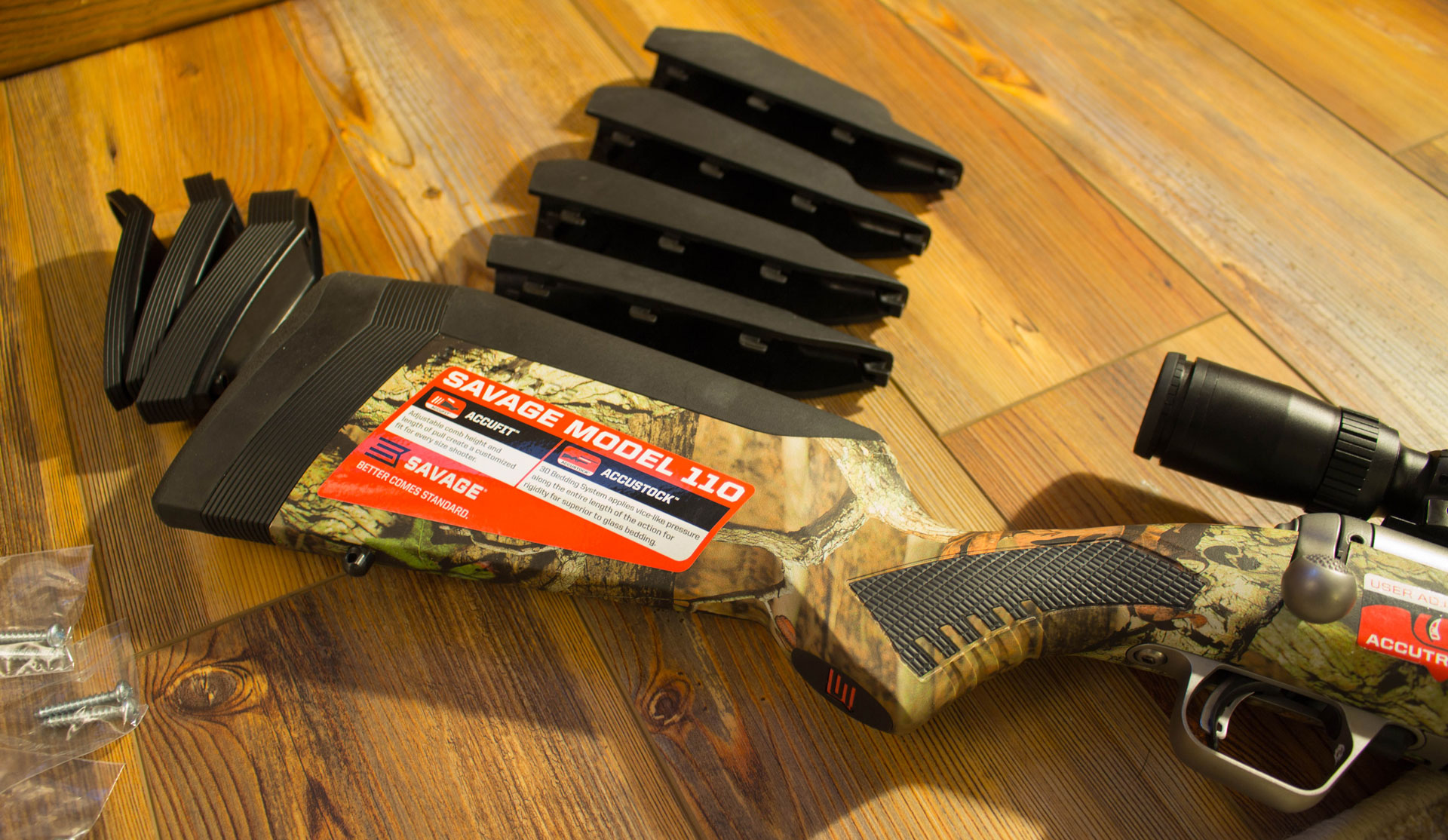
Much to my point on the importance of proper length of pull, many firearms companies are offering stocks which are adjustable, through the use of spacers of varying thickness or perhaps an extendable stock. For years the competition trap and skeet guns have sported stocks with adjustable lengths of pull, and of late the aftermarket adjustable stock has fueled an industry. Savage’s AccuFit stocks – rather common among the 110 series of rifles—are adjustable for both length of pull and for comb height, in a rifle which has a very appealing price tag. There are a good number of replacement stock companies, like Boyd’s, MDT or my pal and accomplished gunsmith Mark Bansner of Bansner & Co., which can offer a custom stock, or at least one of a proper length of pull for you. A good stockmaker can modify your existing stock by either cutting down the length if too long, or adding an extension – sometimes even matching a fancy wood grain in some instances—to lengthen a gun which is too short.
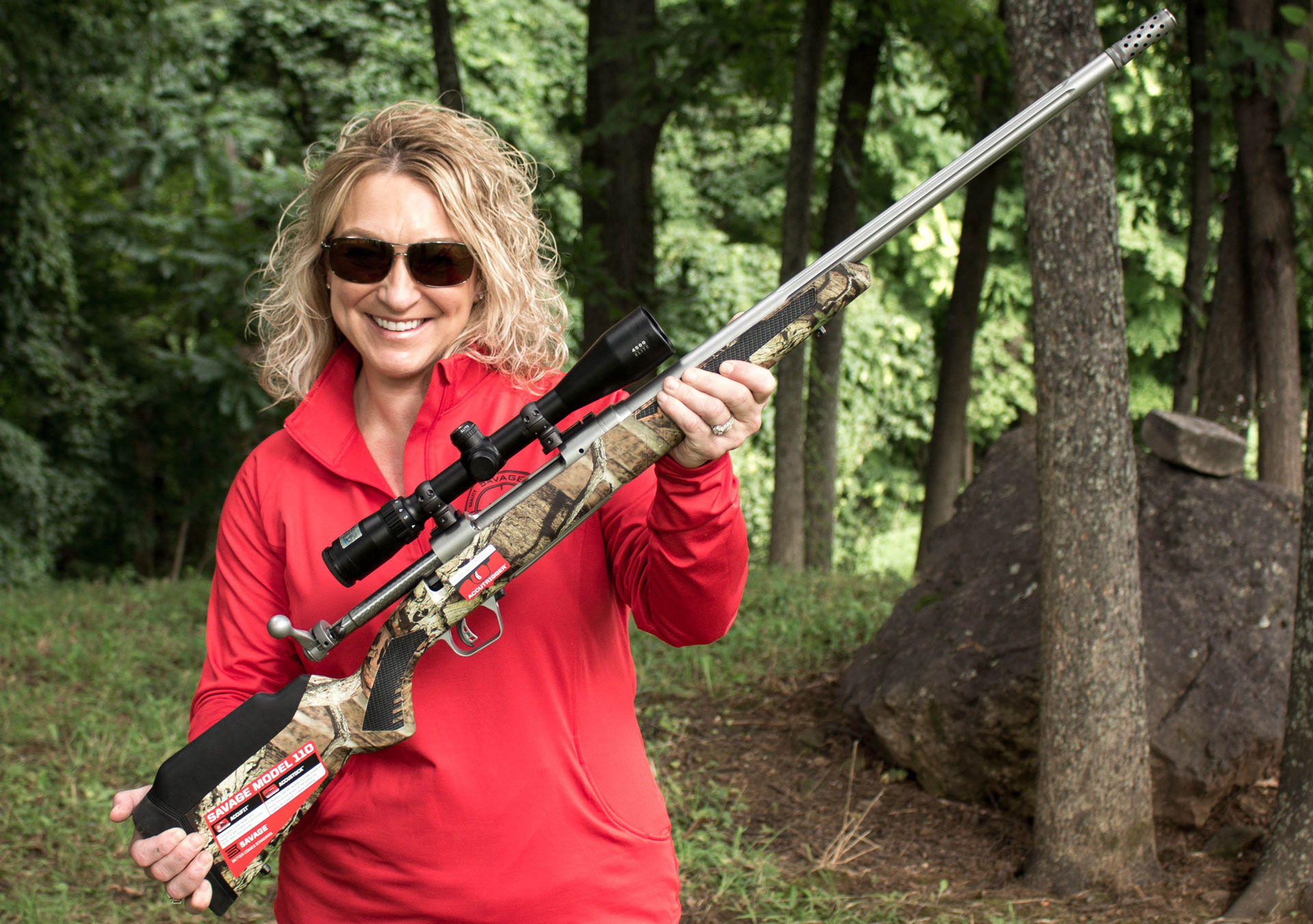
If you feel your rifle or shotgun doesn’t fit properly, consult a reputable gunsmith, and invest a relatively small amount of money to be properly measured for your length of pull. Take clothing into consideration—the rifle you use in deer season while wearing heavy clothing may end up a bit shorter than a rifle destined for an African safari where only a light shirt is worn—but if you can have your long gun properly fit you, you’ll print tighter groups and break more clays, not to mention fill your freezer faster.












